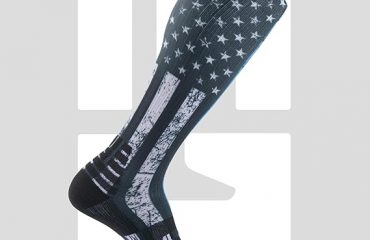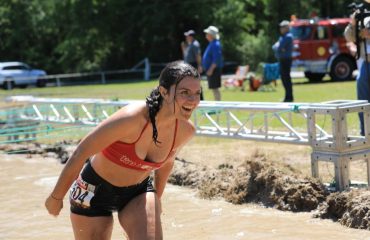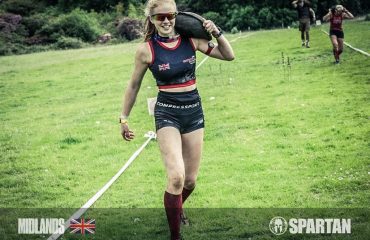 How do you rate your resiliency on a scale of 1-10? Do you find yourself constantly injured, always nursing some ache or pain or training through pain? Or do you only experience an injury if you have a traumatic event occur?
How do you rate your resiliency on a scale of 1-10? Do you find yourself constantly injured, always nursing some ache or pain or training through pain? Or do you only experience an injury if you have a traumatic event occur?
The more resilient you can make your body, the better athlete you will be. And even more important, the more resilient you make your body, the more longevity you will have as an athlete. Meaning, you will be able to continue training and competing for many years.
How do we create this resiliency? By what I call Training Effectively.
Training Effectively is doing things in your training that not only improve your performance but also protect your body long term.
How do you do this? By incorporating activities into your training that not only gets the big muscle groups, but also things that get the smaller underlying muscles as well. It is those small underlying muscles that provide the stability to your joints. The added stability not only protects the joints but also gives you more strength and power with all your lifts and movements.
If you are limited on time, this doesn’t mean that you need to add anything to your training session. All it takes to train effectively is to make some simple tweaks to your training plan.
Change Your Equipment
The more unstable and dynamic the equipment you are using, the more the smaller, stabilizer muscles are required to activate. Also, the more dynamic the equipment, the more your core is required to work. The stronger both of those areas are, the more overall strength and power you will have and the stronger your body will be as a whole.
How do you make change how dynamic an exercise? Change the type of weight you are using! A dumbbell will always require more stability than a barbell will. A kettlebell will require more stability than both. And putting the kettlebell in a bottoms up position will make the kettlebell work more difficult. Test it out for yourself to feel what I am talking about!
Add Single Leg Tasks
When you run, if a leg is on the ground, you are on a single leg. Because of that, it is important to train on a single leg. Yes, you still want to do squats, deadlifts, etc. that are on both legs in order to build up strength, but it will be helpful to also add in single leg tasks to build up the strength, stability, control, and proprioception in that leg. The more you do that, the better response you will have to the dynamic surfaces you run on when on the trails, the stronger your legs will be, and you will likely find yourself becoming a better runner as well.
There are so many things that you can do on a single leg. I do a number of things, but my favorite single leg tasks for building up the strength and control for running are Bulgarian Split Squats and Single Leg RDLs.
Restructure Your Program
As much as you might feel like you have to go hard each training session in order to get a good workout in, it is not necessary to train with all-out, 100% intensity on every single workout. To be honest, it is not good to do that anyway. A good rule of thumb is to pick one day to go 100% and the rest of the days 80% or less intensity. Just because you go less intense on some days does not mean you don’t get a good workout. In fact, you might just feel like workouts are more effective over time with this strategy.
What can you start changing in your training to make your workouts more effective?
Written by Brianne Showman. Brianne is a physical therapist and running coach with Get Your Fix Physical Therapy And Performance. Her focus is on helping athletes resolve injuries in less time by getting to the root of the problem, improving movement patterns, and incorporating proper training to help the body to move more efficiently, more powerfully, and in less injury-prone ways.









